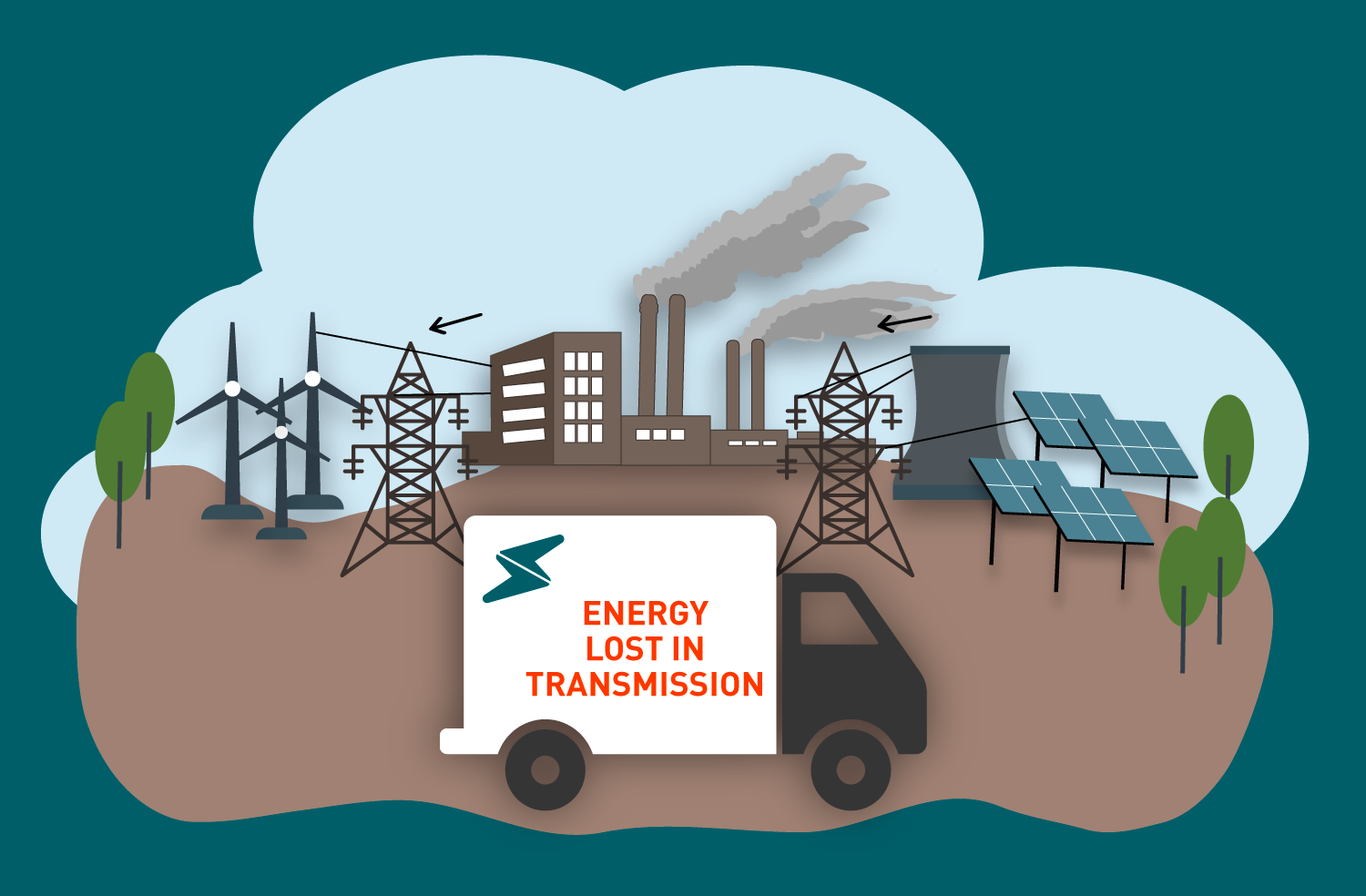How Much Energy is Wasted during Transmission and Distribution?
Energy Wastage — Part 2
Adding to the generation losses discussed in part 1 of this series, transmission and distribution losses in Canada reduce the energy that enters the grid by another 9 percent before it reaches its destination. In many parts of the world, this number can go as high as 30 percent if not more. In most scenarios, 70 percent of line losses come from primary and secondary distribution lines and the rest from transmission and sub-transmission lines. While many factors contribute to these losses, the majority are a result of lengthy distribution and transmission lines. This is another problem that is addressed by DERs and their two-way power flow. Line losses decrease significantly when generation and consumption sites are the same or next to one another as losses due to long distances and rough terrain are reduced.
“The power quality, after accounting for all the losses, that reaches the grid is often too poor to be acceptable.”
However, after consumption requirements have been met, the leftover energy must be sold back to the grid, and this leads to the problem discussed in part 1. Moreover, the power quality, after accounting for all the losses, that reaches the grid is often too poor to be acceptable. Since DER owners are unable to sell their excess generation to the grid, it ends up getting dumped. Do you know how much renewable energy is wasted because it is not accepted by the grid? Once again, this points us in the direction of local consumption and community storage. If power quality is too low for the grid, or the grid is at capacity and cannot accept more power from DERs, can the solution lie in selling and storing this power locally?

